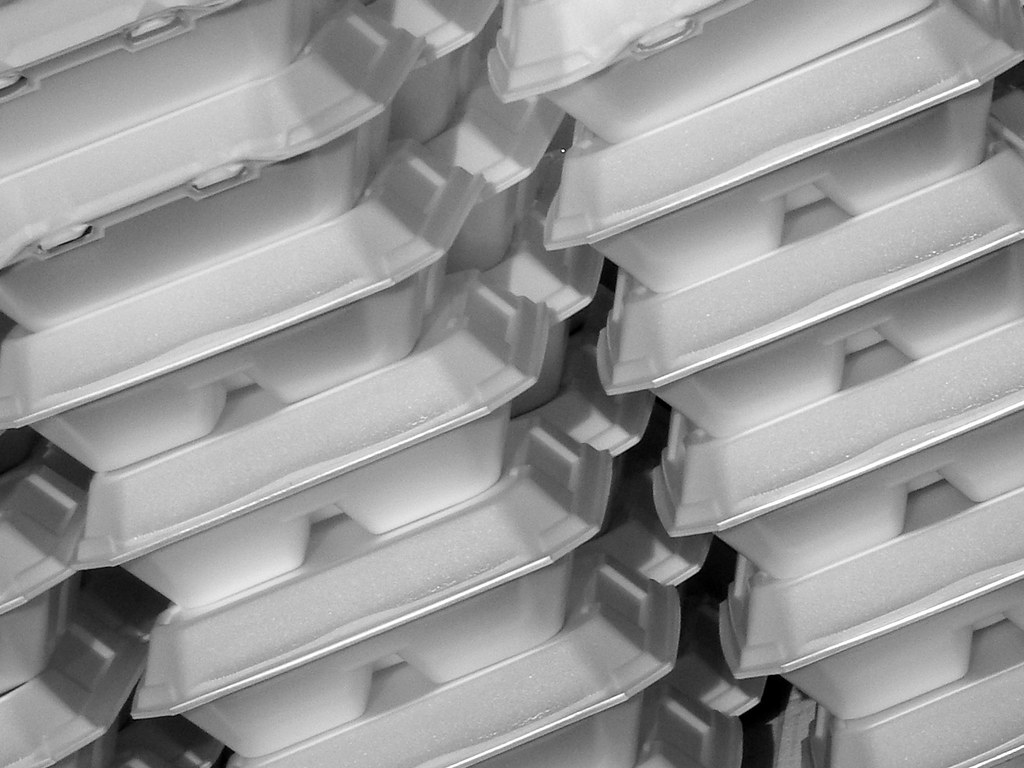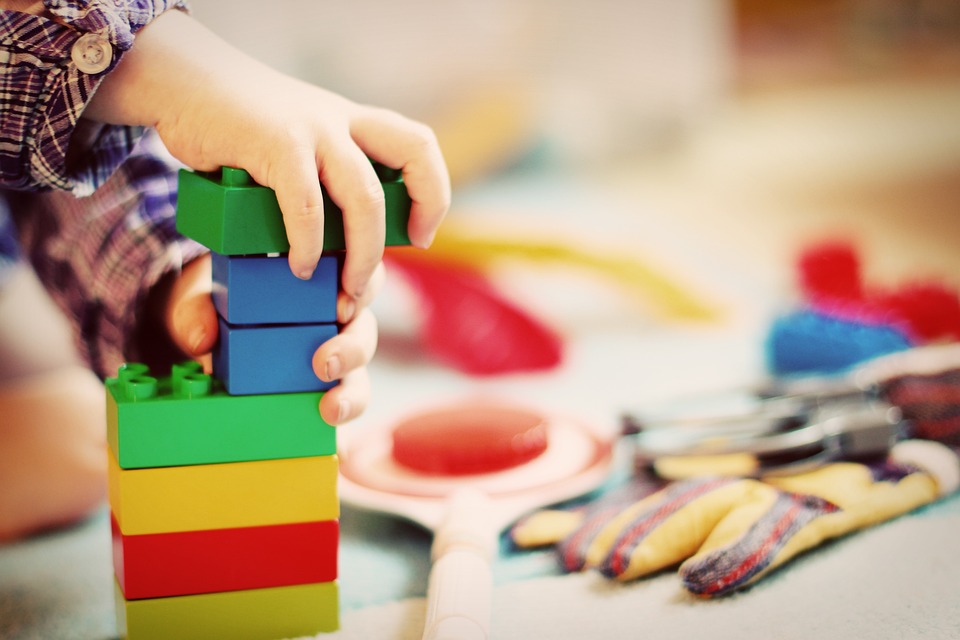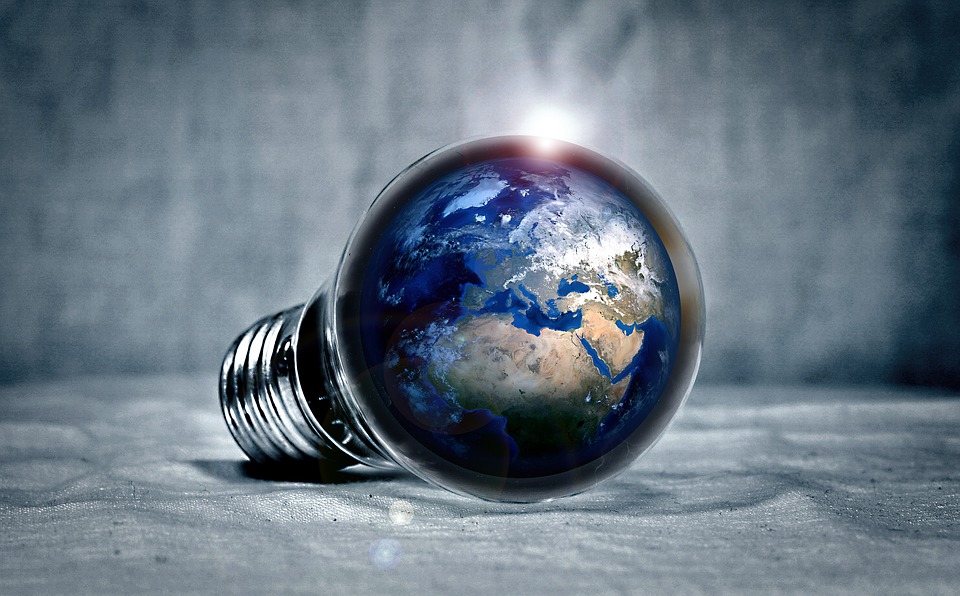Sometimes the little steps that we take can have an enormous impact on the environment. If you are ready to start going green or are already living sustainably, here is a list of items that you should avoid at all costs.
#1. Styrofoam Containers

Everyone knows that Styrofoam is not biodegradable and is bad for the planet. However, many people tend to overlook the harm it can cause to the environment due to its usefulness in everyday life.
Styrofoam is the trade name of polystyrene, which is a petroleum-based product. It is popular because of its light weight, very good insulation characteristics and benefits as a packing material for shipping without adding weight.
However, chemicals can easily leach into the Styrofoam containers and contaminate food, affecting human health and reproductive systems. Moreover, did you know that hydrofluorocarbons (HFCs) that are used in the manufacture of Styrofoam can have negative impacts on the ozone layer and climate change? Besides, according to some research, the brominated flame retardants used on Styrofoam products can negatively impact the environment and lead to health problems.
So, next time, I recommend you to get your coffee to go in a reusable coffee mug rather than a Styrofoam cup.
#2. Paper Towels and Napkins

When properly managed, it is true that paper is a renewable source. However, isn’t it also true that most of us tend to use more paper products than necessary?
For example, paper towels and napkins are are particularly big waste of forest resources, landfill space and your money. A better alternative would be to use cloth napkins at meals and use rags, sponges, wipes and towels to clean up any liquid spills. However, if you insist on buying paper towels and napkins, I suggest buying an eco-friendly variety.
#3. Plastic Utensils

Most plastic utensils are made up of polystyrene, which can give off toxic chemicals when heated. And can you guess how many plastic utensils are being used every day in the United States alone? More than 100 million. Now, imagine all the damage caused to the environment.
Plastic utensils are very high on the waste scale and, as you’re no doubt aware, most disposable plastic utensils can be used only once and then thrown away rather than reused. As they are not biodegradable and will live forever in the environment, you should think about washing and reusing them or instead go for regular cutlery or portable metal kits.
#4. Bleached Coffee Filters

Dioxins are chemicals that are produced through the chlorine bleaching procedure and these chemicals can contaminate groundwater. Many studies have discovered that it is linked to cancer in both humans and animals. Therefore, if you are a coffee-drinker, I recommend using eco-friendly unbleached filters that are healthier, both for you and the environment.
#5. Overpackaged Food and Products

Do you often purchase products that are wrapped in huge layers of heavy plastic, bubble wrap or piles of packing peanuts? If yes, then let me inform you that excess packaging can waste resources and cost you much more money.
For example, in the United States, a significant portion of trash in most households comes from packaging, which leads to overflowing landfills.
Hence, if it is possible, I suggest you to buy products in bulk, without excess packaging and if you can only buy smaller sizes, then opt for those products that are packaged with recycled materials.
#6. Toys Made With PVC Plastic

How many times have you bought a toy for your kid without knowing what it is made of?
It is true that PVC plastic is mostly used in construction, but nowadays, it can also be found in some everyday plastics such as children’s toys. As these additives can be dangerous, it is essential to know what materials your child’s toys are made from.
Will you try to avoid buying these items? Please share your comments!
